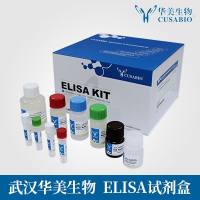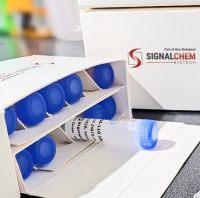Analysis of Multisite Phosphorylation of the p53 Tumor-Suppressor Protein byTryptic Phosphopeptide Mappin
互联网
664
The p53 protein (reviewed in refs. 1 –5 ) is a latent transcription factor that is activated in response to a variety of cellular stresses, including DNA damage, mitotic spindle damage, heat shock, hypoxia, cytokines, metabolic changes, viral infection, and activated oncogenes, and is considered to be an integration point for these signals (4 ,6 –9 ). Activated p53 can induce growth arrest or apoptosis, events that prevent the survival of genetically damaged cells. p53 also plays a central role in promoting early senescence in response to unregulated mitogenic signaling (10 ). The transactivation function of p53 is mediated through sequence-specific binding of the central domain of the protein to cisacting elements within the promoters or introns of the responsive genes. At present, there are more than 20 genes known to be activated by p53, some of which are involved in growth arrest or apoptotic pathways. Similarly, there is a growing list of promoters, many of which are viral promoters or promoters of growth-stimulatory genes, which are repressed by p53. Consequently, the downstream effects of activating p53 are complex and there is, as yet, no known single pathway that mediates its function in full.









